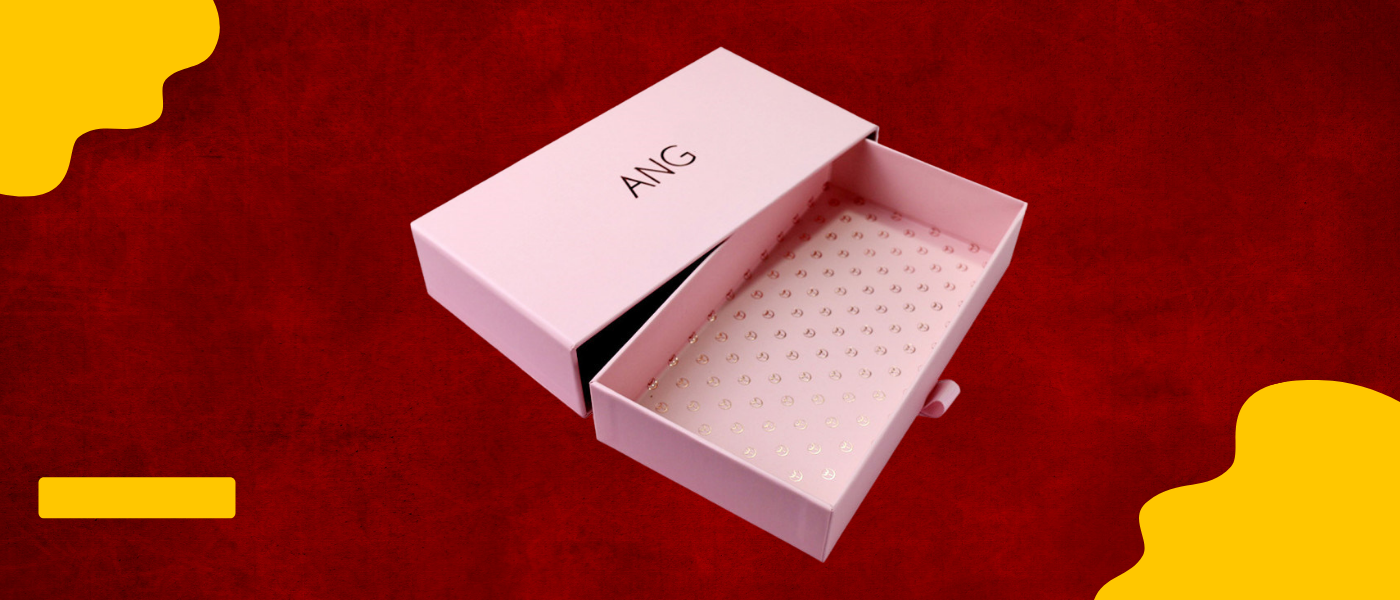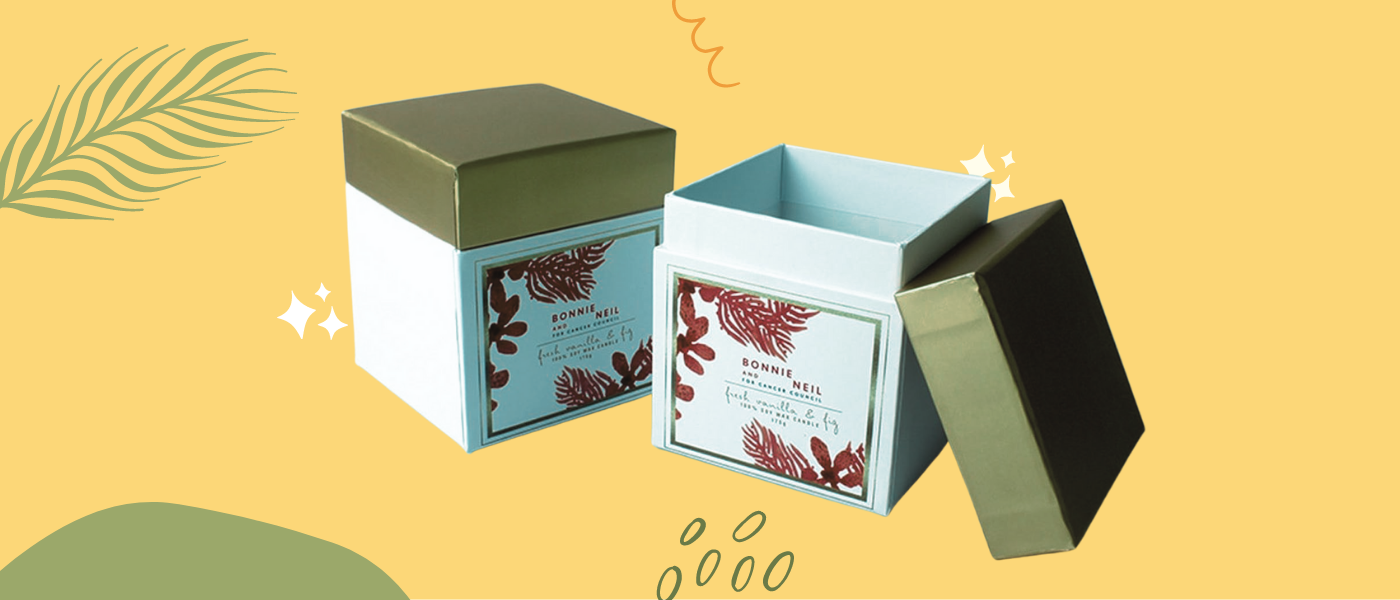A practical and memorable packaging design can accomplish great things for the brand.
Not only will it provide a fantastic experience for customers right from the beginning, but it could be an immense boost to your brand’s reach too.
A good packaging design should find a balance between design and purpose.
Not only is it required to stand up to the wear and tear that comes with handling and shipping It also has to appear attractive and unique enough to create an impression.
This article will examine some of the critical aspects that make packaging design practical and its meaning for brands.
Examine Your Packaging
We all know the importance of packaging to function correctly.
The practicality and function aspect is part of the user experience when using your packaging.
Packaging must be helpful and move the product from Point A to Point B without getting damaged or smacked excessively.
People love the packaging that makes life easy and comfortable.
If you examine your packaging at its most fundamental level, how useful is it?
Are they accessible and simple opening for your customers, or do you have complaints circulating regarding the packaging?
Although the practical side of things might not always be fun, it is a significant factor in the unboxing experience that ultimately creates the most impression on customers and potential customers.
Share your packaging with others!
With new and innovative designs designed for practicality and functionality, you can design something your customers don’t realize they want.
This could be like using resealable envelopes for the easy returnability of your items or collapsible rigid containers to encourage the reuse of packaging and simplify shipping logistics.
With the assistance of Structural Engineers, you can develop creative packaging concepts that can make a powerful assertion!
Extension to your Brand

The packaging you use is your extension to the brand.
If you’re looking for something exciting and youthful or more appealing to a particular group of people, your packaging distinguishes your brand.
It’s one of the reasons employed to draw consumers at first glance and narrow down their options in the store.
The objective is to design packaging that attractively represents your brand’s image.
In a retail store, it is essential to aim for the impact of your shelves because this is what attracts customers to your store.
However, packaging for online shopping relies more on the experience of unboxing the experience itself.
In the event of rough handling and damage risk during shipping, companies are prone to not spend the majority of their budget on exterior designs instead of focusing on the security and longevity of their packaging.
Thus, e-commerce depends more on the inside to build its brand.
Things like:
- Interior printing
- Cardboard Box Inserts
- Thank you cards personalized to you
- Branded tissue paper
- Labels and stickers
They provide excellent opportunities to establish your brand without spending a fortune on designs that could eventually be a disaster and ruin your brand’s reputation.
Make a Difference
Who doesn’t want something different and fascinating?
It’s a universal truth in marketing packaging, and it’s no other.
Consider what your target audience enjoys.
What are they looking for in your image?
How can you convey your competitive edge into the packaging you design?
What is the best way to place your product in the market?
Unique designs, letters design elements, and interactive elements will draw clients to packaging.
It’s vital to your brand’s distinction, both in-store and online.
Find out what’s missing regarding packaging, talking directly to your customers, and learning about your products in your industry’s niche.
In this way, you’re meeting an unmet need within your field that will set your company above your competitors.
Consider your audience and the things they might be more attracted by.
Colorful colors, attractive elements, and architectural design components are some of the elements to think about when creating your strategy for packaging.
Design Simple
In addition to being unique, it’s essential to consider what your packaging’s design conveys to someone unfamiliar with your product.
Ideally, the packaging you choose to use should inform an individual what the product is and tell them more about the brand.
If your packaging isn’t communicating important information, such as the brand’s name, product’s name, ingredients, and a narrative about your brand, your customers are confused and prefer an item that is communicated components.

Clarity and simplicity must be the guiding principles for any strategy to design.
If you look at your packaging, you will be capable of answering the following questions within a specified time frame:
- What’s the name of the product?
- Who was the brand that created the product?
- What exactly does the product do?
The customers want transparency when buying new products. So be sure that your packaging conveys the information your customers must be aware of to influence their buying choice.
This eliminates confusion, which ultimately increases your business’s sales and increases your credibility as a brand.
Building a solid brand reputation by delivering clear and concise messages will help you build a loyal base of customers who will be able to recommend your product to potential buyers!
Art of Packaging Design
Your packaging should be flexible visually.
It might sound strange; however, let’s try it.
In essence, your product shouldn’t be exclusive to one product but instead, be adaptable to other products in your line of products.
If, for instance, you’ve designed a meat-based food product, the design elements should not be too specific about meat components if you intend to use the packaging to promote a vegetarian option.
The packaging of your product should change as you grow, and you shouldn’t need to start over each when you introduce a new product within your product line.
The art of packaging design is making sure that you balance many different aspects and still meet the customer’s demands.
While working through your design strategies and the concepts, consider your client both now and in the future.
What trends are you able to expect to see in the future? And how do you integrate those in your packaging designs that don’t compromise simplicity or clarity?
More informative blogs And business news keep visiting Trendinformations.com


